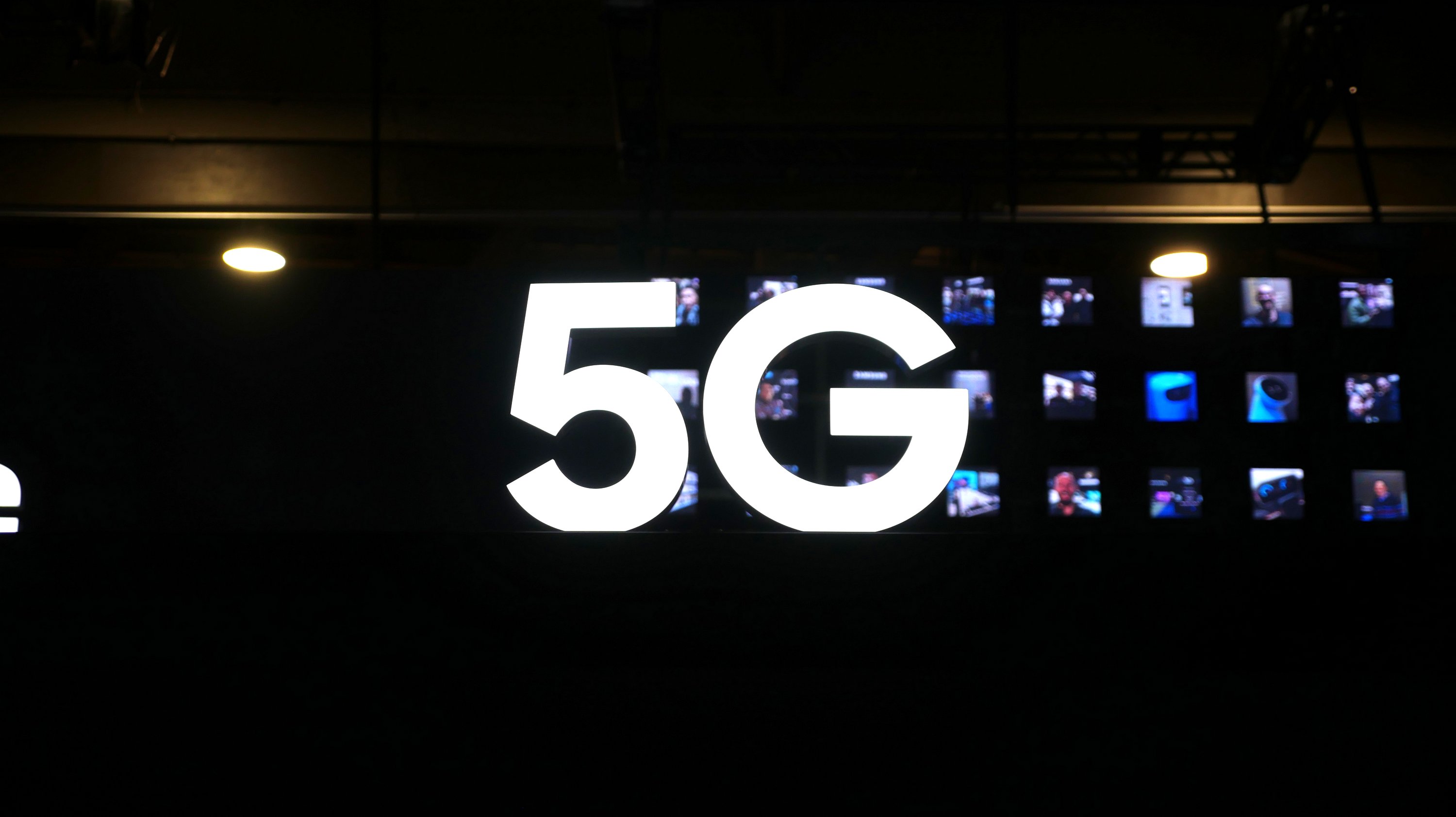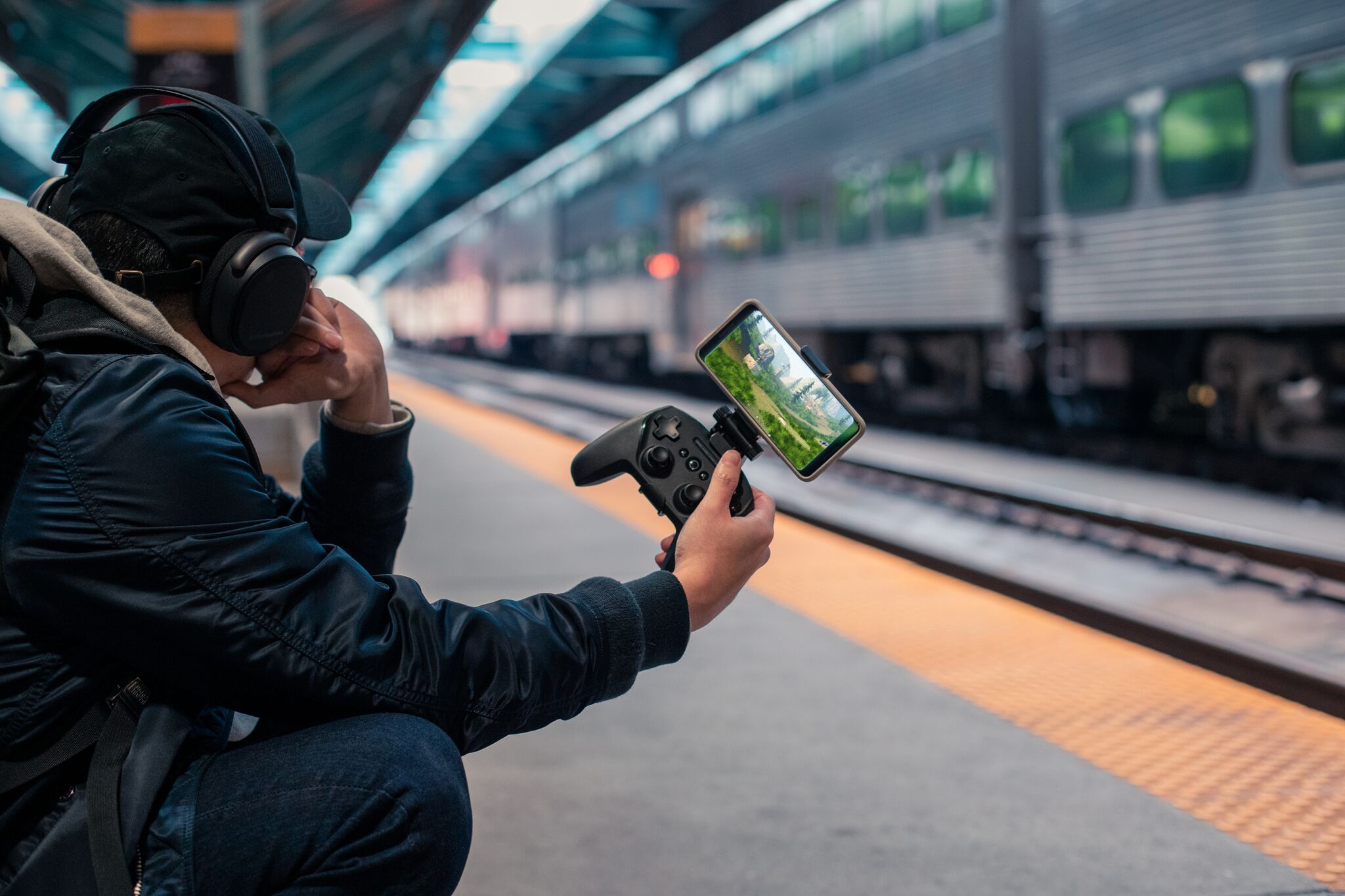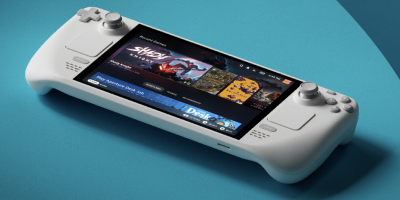There is no denying that the gaming industry is thriving with innovations like narrative-driven and open-world games, mobile apps, tournaments, and streaming services. The industry constantly evolves with technology; the most recent significant rollout is 5G, which is predicted to have a massive impact on the gaming industry and every other internet-reliant niche.
5G is the most advanced mobile network today, offering the promise of faster and smoother mobile gaming than ever. Up to 100 times faster than the previous mobile network generation – 4G – 5G is expanding the mobile ecosystem and dramatically enhancing experiences in online casinos. Services that were previously viewed as futuristic, like mobile cloud gaming, have arrived.
Before arriving at 5G, four generations came before this mobile network, and they are:
- 1G (the 1980s): It introduced analog voice, allowing people to make calls using wireless devices.
- 2G (the 1990s): It resolved the noise issue of 1G by introducing digital voice and facilitated SMS and MMS services.
- 3G (the 2000s): It introduced mobile data, which supported internet browsing, video calls, and online downloads.
- 4G (the 2010s): It improved 3G speeds, voice clarity, low latency, and security.
The transition from 3G to 4G was pretty significant; 4G to 5G is many times greater and almost difficult to comprehend.
How It Works
5G signals travel over previously untouched radio frequencies known as SUB 6 – the spectrum between 600 MHz and 6 GHz. 4G also shares this spectrum. However, 5G is the only one that can reach above these frequencies to achieve higher bandwidth. This new mobile network uses more radio frequencies from 4G’s 24 GHz to 86 GHz, resulting in higher data performance.
Advantages of 5G for Mobile Gaming
5G uses the same radio frequencies currently used in smartphones, Wi-Fi networks, and satellite communications. However, it enables these technologies to achieve much more than they can with 4G. Here is a breakdown of its massive potential:
Negligible Latency
The main appeal of 5G boils down to its speed and insanely fast response time, known as latency. Latency is the time it takes for devices to respond to each other over a network. 3G networks have a latency of about 100 milliseconds, while 4G networks hover around 30 milliseconds. 5G has a negligible time lag of as low as 1 millisecond. That way, there will be no delay in response when playing online games. This element is incredibly convenient when playing multiplayer games.
Massive Capacity
While 4G supports up to 4,000 devices/ km2, 5G can support up to 1,000,000 devices in the same area. 5G solves the capacity issue using the millimeter wave spectrum concept, a band of extremely high radio frequencies. This technology will allow next-level data transfer speeds, which are inconceivable on 4G. Connectivity will not be affected even on crowded networks.
Significant VR, AR, and MR Boost
On top of benefiting mobile gaming experiences, 5G comes with high expectations for the progression of merging technologies. Interactive techs like Virtual, Mixed, and Augmented Reality require extremely low latency to run effectively. While they have already been adopted into the mobile gaming industry, 5G will make the experiences more seamless and immersive with connectivity improvements. These technologies will not only push the network to achieve its goal of 1-millisecond latency but surpass it.
Direct Signal Delivery
5G cell sites beam signals to locations where they are needed most; this is far better than conventional radio towers that spread signals anywhere and everywhere without attention to site-specific demand.
Challenges of 5G Rollout
The widespread implementation of 5G seems to be taking longer than its predecessors, making it harder to exploit its advantages in mobile gaming. Here are some of the reasons why:
Reduced Range
5G provides higher data rates and performance but has a reduced range compared to 4G. While the network’s radio waves can carry way more data, they cannot carry the load far. Providers must install many small cellular towers close to each other to deliver the network.
Lack of Widespread Coverage
5G currently coexists with 4G networks since coverage has yet to expand significantly; it is only available in defined areas of specific cities. Therefore, most players cannot experience its full potential and must wait until it evolves into a standalone network operating independently.
Increased Battery Drain
5G technology is improving quicker than battery technology. When you add mobile gaming to the mix, the mobile charge is bound to drain faster than usual. However, this issue will be resolved with future smartphone generations.
The Impact of COVID-19 on 5G Implementation and Mobile Gaming
2020 was supposed to be the year of widespread 5G rollout, but the COVID-19 pandemic upended these plans like it did most other things. While the pandemic is now behind us, it plunged most of the globe into an economic crisis that put the purchase of 5G cell sites and towers on the back burner. Even so, the demand for 5G has only grown after the pandemic as more people now gamble remotely, and online gaming providers have bigger fanbases to support.
The Bottom Line
5G is safe, fast, and undoubtedly changing connectivity as we know it. Interactive technology, massive capacity, and negligible latency are just the tip of what the future of online gambling will see with 5G. Smartphone companies have already rolled out devices that support the network so that mobile gamers can be 5G-ready with upgraded phones. AT&T already has 5G in 100+ cities across the United States, with some already benefiting from 5G+. Full-scale 5G rollout is expected to be achieved by 2025, by which time mobile gaming companies will have advanced their technology to take full advantage of the network.














Comments